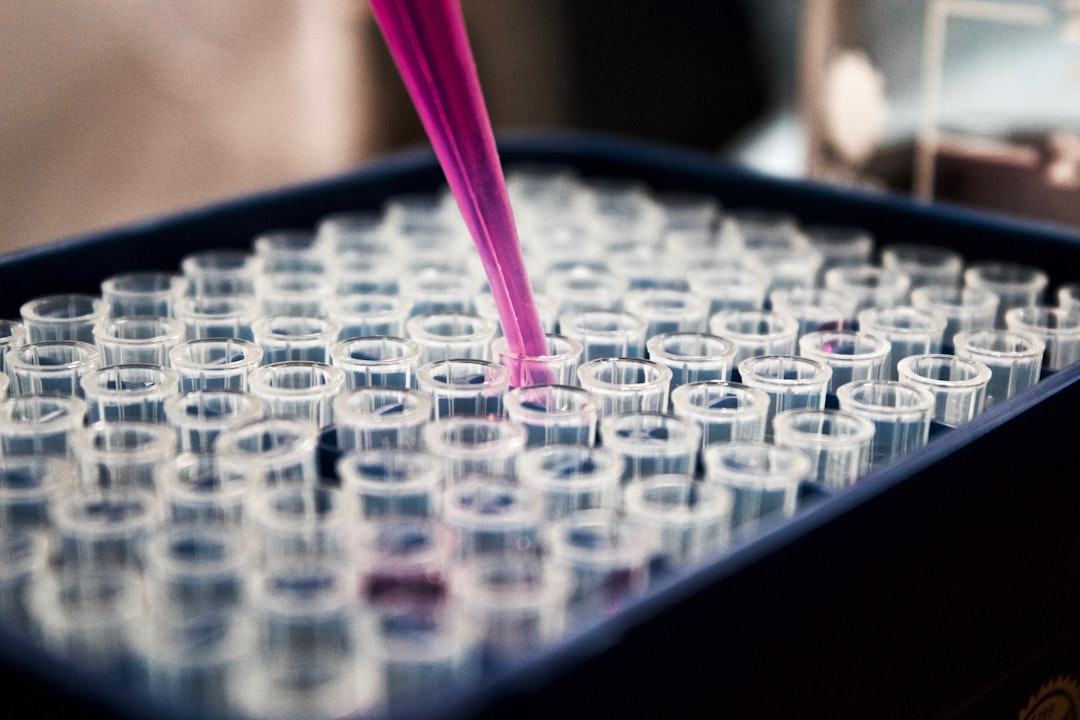What is it about?
We believe that our study is relevant for publication because to date there are no studies that specifically assess the long-term impact of artificial urinary sphincter (AUS) placement preserving the bulbospongiosus muscle in patients suffering from stress urinary incontinence (SUI) following a prostatectomy. The quality of evidence supporting the use of AUS in non-neurogenic male patients with SUI is low; based on heterogeneous data, low-quality studies, and mostly out-of-date efficacy outcome criteria. Moreover, the last review on this issue (“The Artificial Urinary Sphincter After a Quarter of a Century: A Critical Systematic Review of Its Use in Male Non-neurogenic Incontinence”. European Urology 63:2013; 681–9,) stated that AUS outcomes need to be revisited to be compared with new surgical alternatives, all of which should be prospectively evaluated. This study provides a prospective design, long follow-up period, an exact definition of the inclusion criteria, and efficacy outcomes that strengthen the results
Featured Image
Why is it important?
Our study suggests that the placement of AUS while preserving the bulbospongiosus muscle is technically simple and efficient, has an excellent rate of cure and social continence, reports a lower urethral erosion rate, and could delay the onset of urethral atrophy compared to other surgical procedures usually used for the placement of AUS.
Perspectives
The optimal results obtained in this study points to a need for carrying out a randomized study in the future that compares the two approaches (classical technique versus preservation of the muscle technique). Future studies assessing any procedures to reduce possible risks without decreasing the success rate are also encouraged.
Dr. Argimiro Collado Serra
Fundacion Instituto Valenciano de Oncologia
Read the Original
This page is a summary of: Prospective follow-up study of artificial urinary sphincter placement preserving the bulbospongiosus muscle, Neurourology and Urodynamics, September 2016, Wiley,
DOI: 10.1002/nau.23119.
You can read the full text:
Contributors
The following have contributed to this page










